TechRadar Verdict
The Backbone One 2nd Gen offers some subtle but welcome improvements on the already excellent original Backbone One model. This includes a far superior d-pad, more reliable face buttons, and the ability to fit around most phone cases easily. A lowered price would have been a smart move given the increased competition, but this is still a leading mobile controller.
Pros
- +
Has a range of improvements over the original
- +
Excellent d-pad
- +
Lovely tactile face buttons
- +
Great compatibility
- +
Now fits most phone cases
Cons
- -
Could use a price cut given the strong competition
- -
Pointless Backbone+ subscription option
Why you can trust TechRadar
Two-minute review
As the name would suggest, the Backbone One 2nd Gen is the second version of the Backbone One mobile controller. It’s available in two distinct flavors, a plain Black and the white PlayStation Edition. Which of these you choose will ultimately boil down to your personal aesthetic preferences, though I think the PlayStation Edition edges ahead thanks to the smooth DualSense Wireless Controller style clear plastic used for its buttons, which feels slightly more premium than the rougher plastic of the Black and is reminiscent of some of the best PC controllers.
Both the Black and PlayStation Editions can be purchased with either a USB-C, which will work with most Android phones and the iPhone 15 series, or a Lightning connector for older iPhone models. While it may be tempting to pick up the Lightning model if it's the connector found on your phone, I would suggest that you hold off on your purchase until you have upgraded to a more recent iPhone if you already have any plans to do so. As USB-C is now the dominant standard across iOS and Android, you run the risk of splashing out on a Lightning controller that you can't use with your next device.
The Backbone One 2nd Gen offers all of the same features as the original Backbone One, which is to say that it’s a capable mobile controller. There have been some choice upgrades this time around, though, including improvements to its d-pad and buttons. The buttons are just as tactile as the original, but feel a little firmer and less fragile to the touch. Although it looks largely unchanged, the d-pad is also a vast improvement. It’s much less stiff and is absolutely butter-smooth in its motion. It allows for much faster, more accurate inputs that are absolutely perfect for fast-paced mobile games like Call of Duty: Warzone Mobile or Dead Cells.
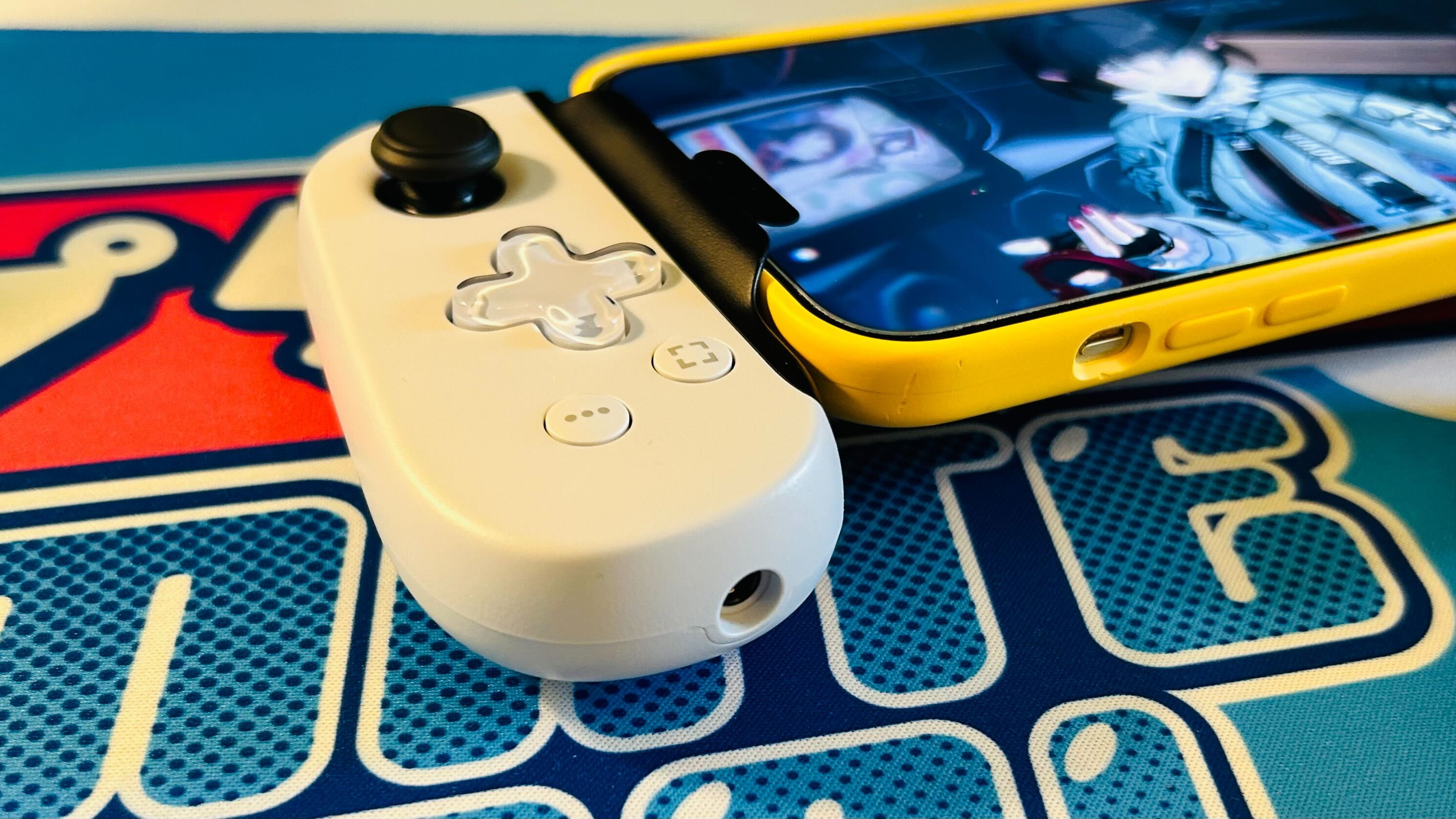
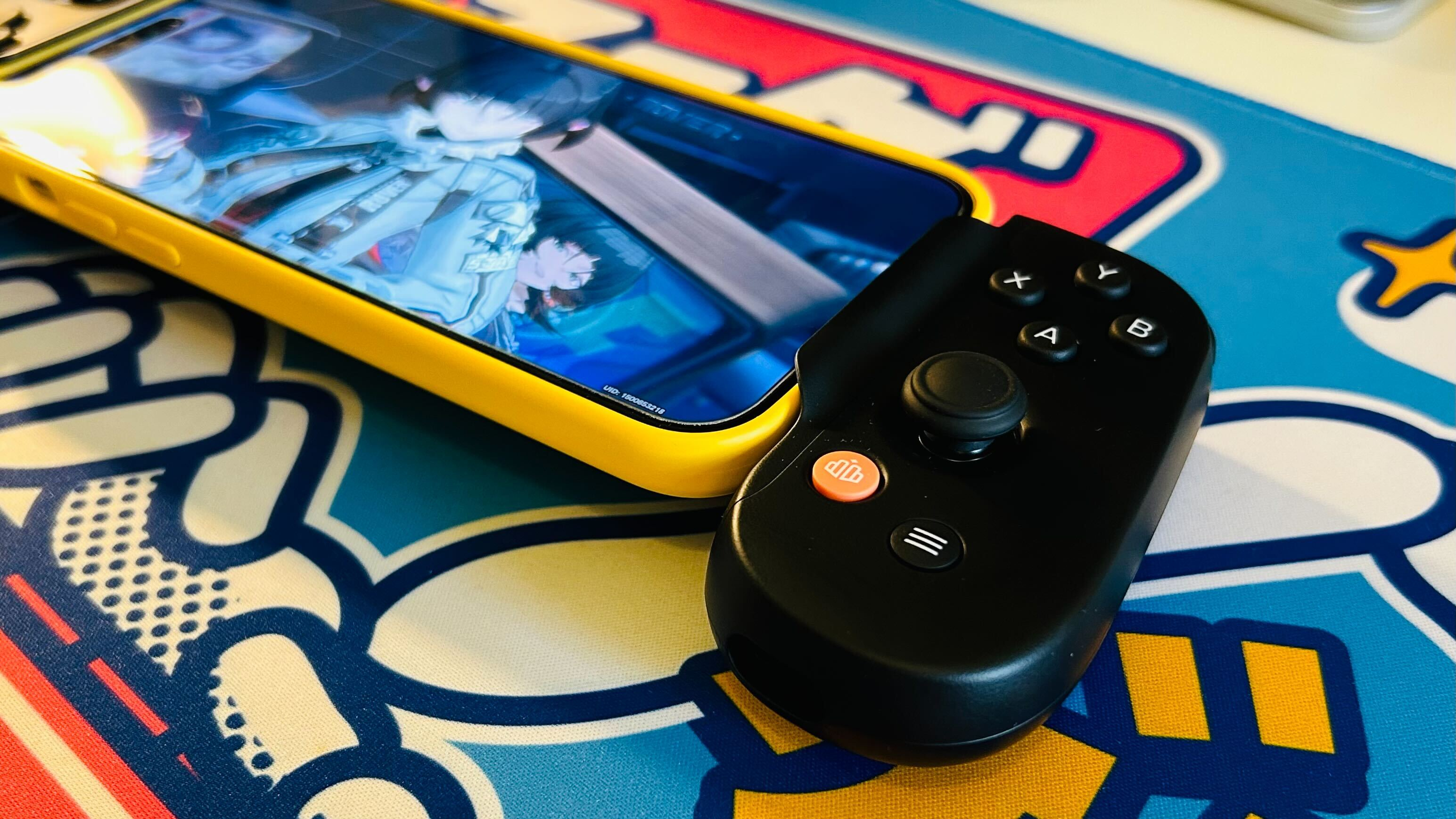
There have also been improvements to how the controller fits around your phone. The Backbone One 2nd Gen can extend a little further, letting it comfortably clasp my iPhone 15 Plus. The fiddly rubber adapters that were included with the original Backbone One have been replaced with slick magnetic ones that are remarkably quick to change once you get the hang of it. The included large adapters even allow the controller to be used with most phone cases - completely eliminating one of my biggest complaints with the original model.
The only problem with the Backbone One 2nd Gen is less the fault of the controller and more reflects changes in the mobile controller market. There wasn’t much competition when the Backbone One first launched in 2020. Now, however, there are loads of compelling alternatives to choose from, some of which offer comparable features at a fraction of the price. Even within its price range, it’s still facing stiff competition from similarly designed Bluetooth alternatives such as the Scuf Nomad. While the Backbone One 2nd Gen still comes out ahead thanks to its quality build, a small price cut would have made this revision much more competitive
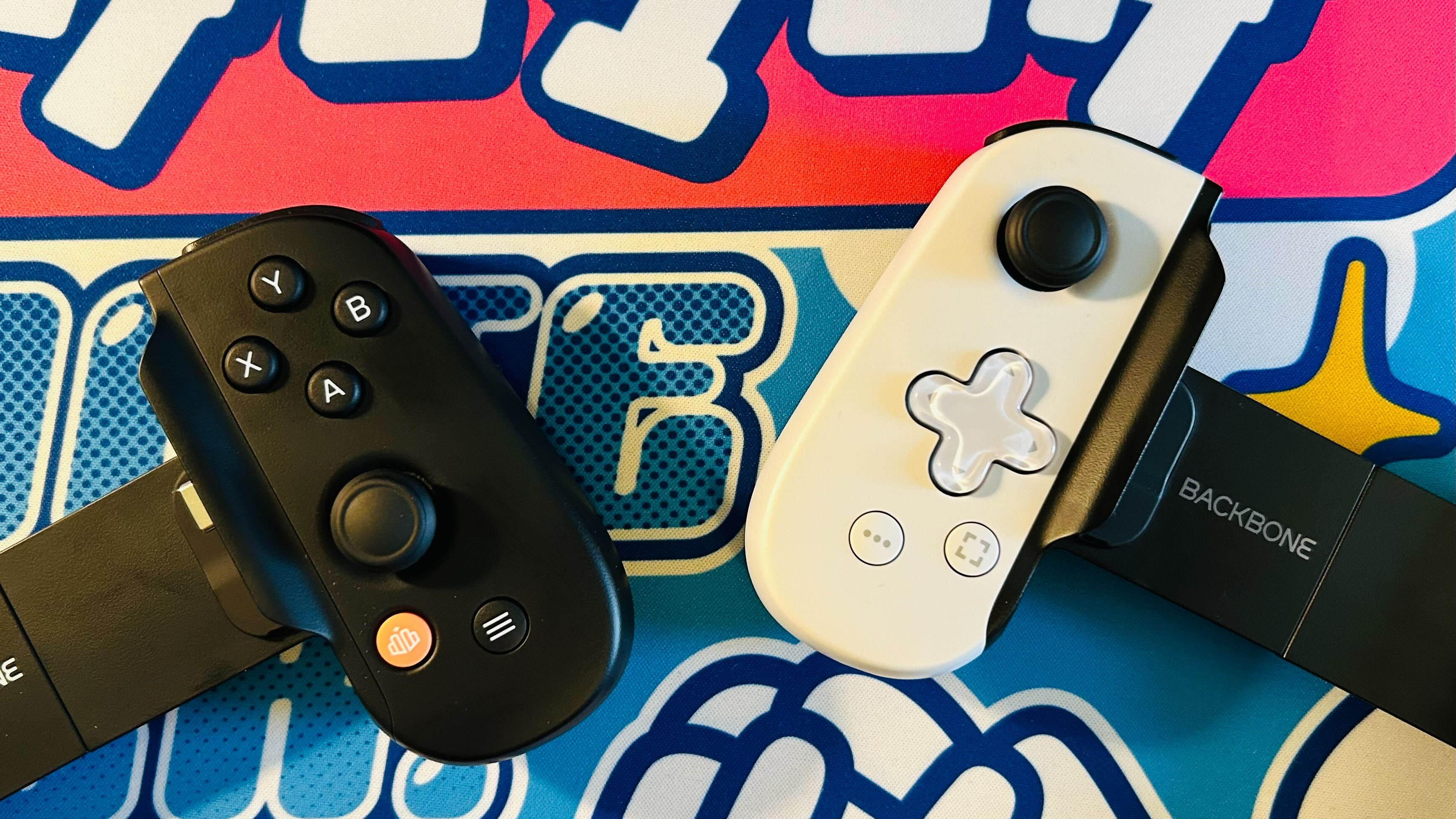
Backbone One 2nd Gen: Price and availability
- $99.99 / £99.99 / AU$179.99
- Black and PlayStation Edition available
- Discount for original owners
Every model of the Backbone One 2nd Gen costs $99.99 / £99.99 / AU$179.99 and is easy to find at retailers like Amazon. This includes the licensed PlayStation Edition, not to mention the Lightning and USB-C variants of each. Existing Backbone One owners with an active Backbone+ subscription, which costs $3.99 / £3.99 a month, can claim a 30% discount from the official store when they upgrade to the 2nd Gen model without needing to trade in their controller.
Even without that offer, the controller is frequently available on sale. You can often find it for $69.99 / £69.99, which is an absolutely killer price for what you’re getting. Given the rise of cheaper alternatives like the GameSir X2s Type-C, which costs only $45.99 / £49 / AU$69, it’s a shame that this discounted rate is not the standard rate.
Backbone One 2nd Gen: Specs
| Price | $99.99 / £99.99 / AU$179.99 |
| Dimensions | 6.93 in x 3.70 in x 1.34 in / 176mm x 93.98mm x 34.03mm |
| Weight | 0.30 lbs / 138 g |
| Connection type | Wired (Type-C / Lightning) |
| Compatibility | iPhone 15 Series, Android / iPhone 14 series and earlier |
| Software | Backbone App (iOS / Android) |
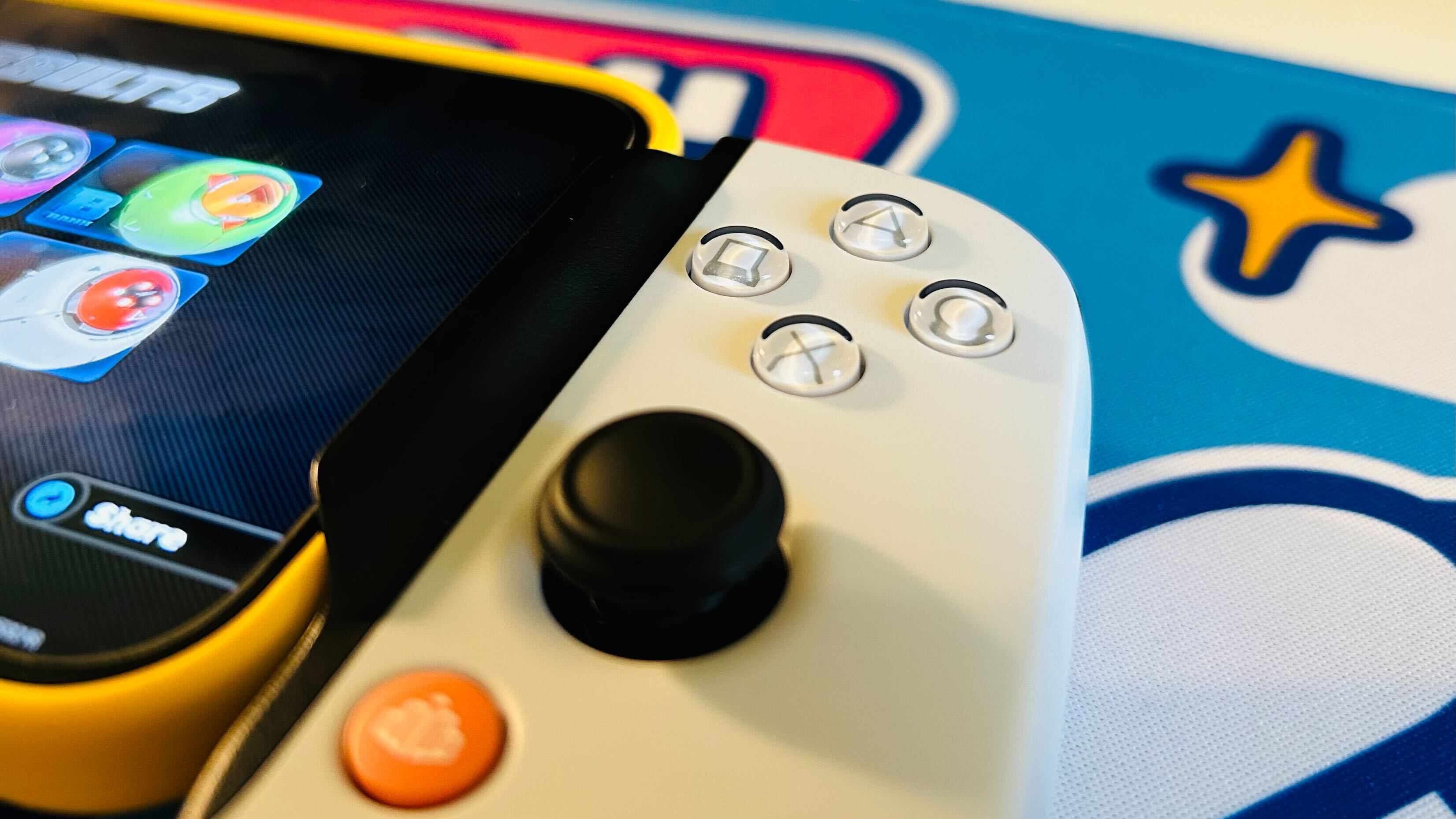
Backbone One 2nd Gen: Design and features
- Same great design as the Backbone One
- Improved d-pad and buttons
- Now fits a phone case
On the surface, very little has changed between the Backbone One and the Backbone One 2nd Gen. The Backbone One 2nd Gen maintains the same overall design, with two halves of a regular controller separated by an extending mechanism where your phone rests. The biggest changes here are in the buttons which are extremely tactile and have a pleasant, audible click. The same was true of the original model, but they are now a little firmer and more consistent.
The d-pad has also received an overhaul and is vastly improved. It’s less stiff and has quite a bouncy feel to it. The closest point of comparison is the d-pad of the Nintendo 2DS, minus all of the sponginess. The little adapters, located on either side of the extending back, have been upgraded too. They are now attached magnetically, rather than weakly slotting in, and are therefore much easier to swap out. A pair of large adapters is included in the box, which fit perfectly around my iPhone 15 Plus in its official silicone case. You can even use the controller without any adapters fitted at all, which could come in handy for those with a particularly thick phone.
Like the original Backbone One, the Backbone One 2nd Gen features charging passthrough via a USB-C port on its right-hand grip. The left-hand grip has a 3.5mm headphone jack, which is perfect if you have a wired pair of any of the best gaming earbuds.
The Backbone One 2nd Gen is also compatible with the Backbone app. It allows you to tweak your controller settings and can be accessed at any time by hitting the orange Backbone button on the controller. It’s a decent hub, but the optional Backbone+ subscription leaves a sour taste. It costs $3.99 / £3.99 a month and unlocks some additional features such as video capture, in-app voice chat, and some in-game perks.
Thankfully, no integral features are paywalled but that just leaves this subscription feeling like a bit of a waste of money overall. Luckily, a free trial is available so you can at least see if it is for you before committing to a payment plan.
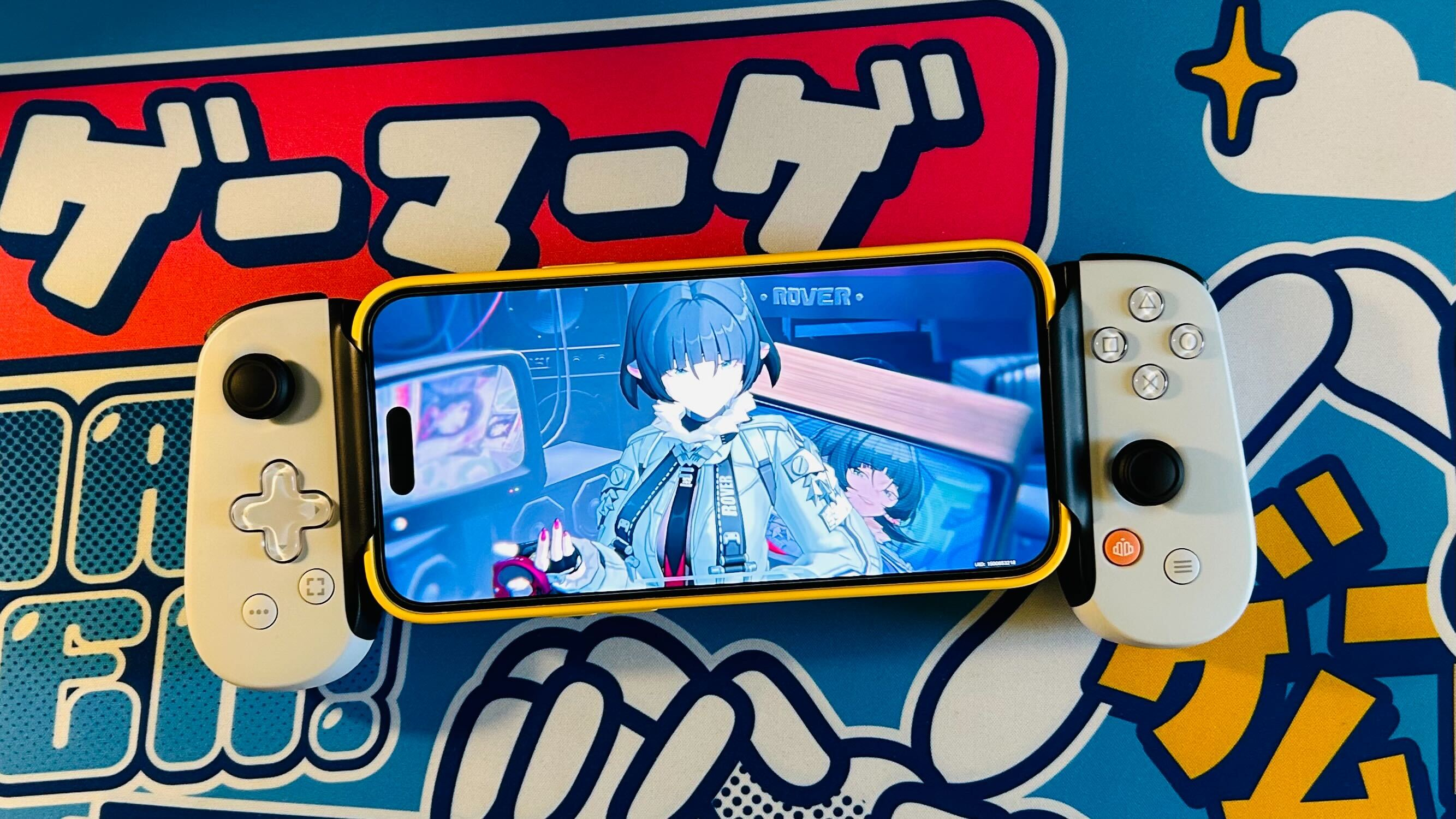
Backbone One 2nd Gen: Performance
- New d-pad and buttons are great
- Great for mobile games and game streaming
- Compatible with lots of games and apps
If you’ve ever used the original Backbone One, then you’ll know pretty much exactly what to expect from the performance of the Backbone One 2nd Gen. The only real differences come from the improved buttons and d-pad, which do make games that require extensive use of the d-pad or rapid button inputs more satisfying and responsive. The controller is compatible with a wide range of games and apps, including some game streaming services such as Amazon Luna and GeForce Now, and offers a much more console-quality experience than relying on on-screen touch controls - though it’s still a little behind the incredible comfort offered by more premium alternatives like the Razer Kishi Ultra.
I tried a wide variety of games including Zenless Zone Zero, Genshin Impact, Call of Duty: Warzone Mobile, Minecraft, Diablo Immortal, and much more, and was very satisfied with the performance. While perfectly compact, the Backbone One 2nd Gen sits comfortably in the hands and never feels too cramped even over periods of extended use.
Being able to use the controller with a phone case attached is also a bit of a game changer. One of the biggest issues with the original Backbone One was the fact that you needed to constantly take off your phone case in order to use it - leaving your precious device unprotected and giving you one more thing to keep track of on the move. I would say that this difference alone makes the Backbone One 2nd Gen a worthwhile upgrade if you are a phone case user, especially if you have access to the 30% discount or find it on sale. If you don’t own a Backbone One but are currently shopping for one, then this is definitely the model to go for.
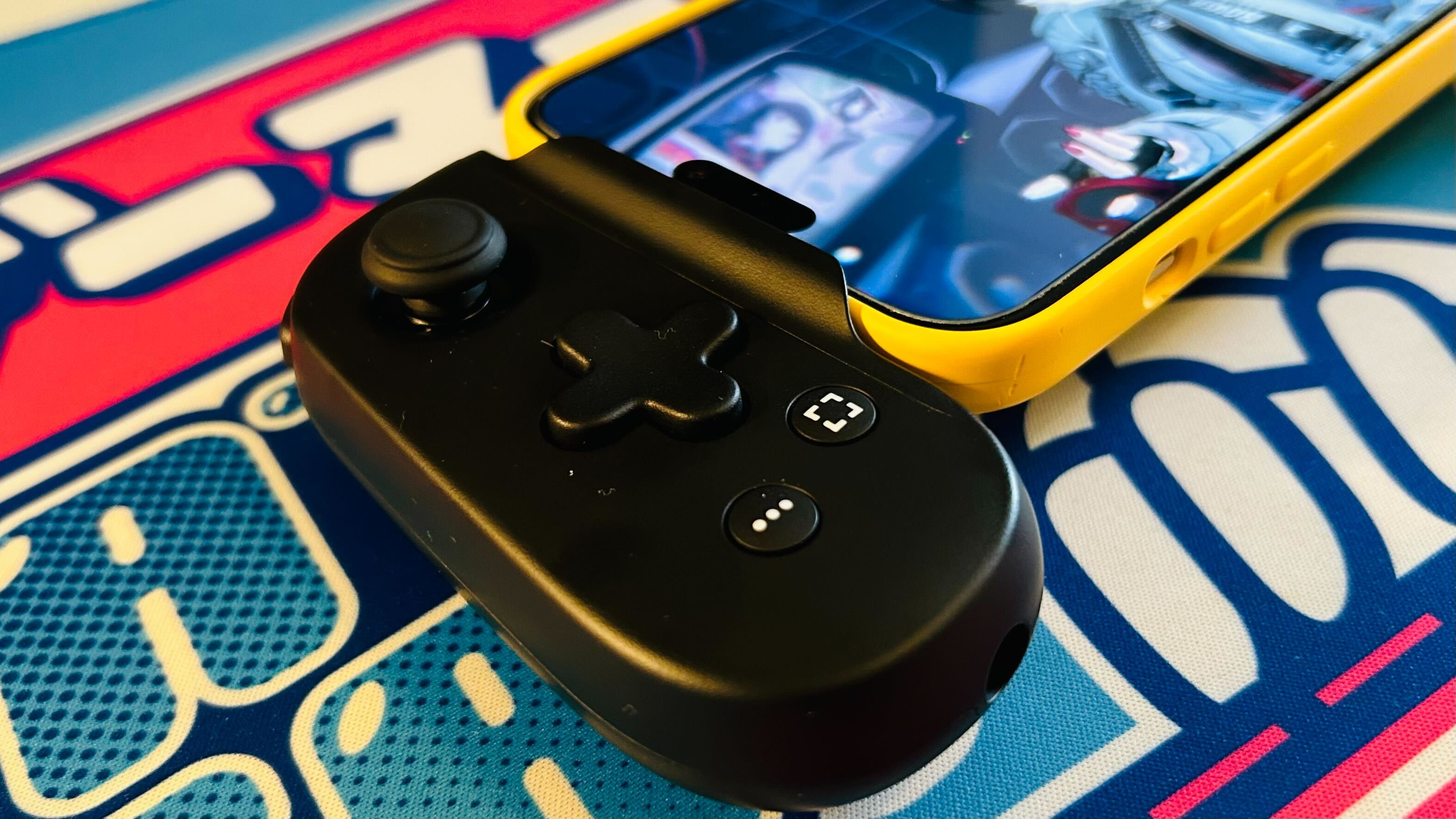
Should I buy the Backbone One 2nd Gen?
Buy it if...
You to play with your phone case on
One of the biggest improvements offered by the Backbone One 2nd Gen is the ability to play with your phone case thanks to the included large adapters. It’s an excellent feature and makes this portable mobile controller even easier to use when you’re on the go.
You liked the design of the original Backbone One and want to upgrade
The Backbone One 2nd Gen offers the same brilliant design and features as the original Backbone One, but with some much-needed tweaks and enhancements that improve the experience even further.
Don't buy it if...
You’re on a tight budget
At its retail price, the Backbone One 2nd Gen is now a little pricey in comparison to some of its budget competitors. If you want a cheaper mobile controller, consider options like the GameSir X2s Type-C or wait for the Backbone One 2nd Gen to go on sale.
Also consider
If you’re not interested in what the Backbone One 2nd Gen brings to the table, then seriously consider these two other excellent mobile controllers.
| Row 0 - Cell 0 | Backbone One 2nd Gen | Scuf Nomad | Razer Kishi Ultra |
| Price | $99.99 / £99.99 / AU$179.99 | $99.99 / £89.99 / around AU$179.99 | $149.99 / £149.99 / AU$269.95 |
| Dimensions | 6.93 in x 3.70 in x 1.34 in / 176mm x 93.98mm x 34.03mm | 7.95 in x 3.98 in x 2.01 in / 201.93 mm x 101/092 mm x 51.05 mm | 9.63 in x 4.36 in x 2.53 in / 244.6 mm x 110.75mm x 64.26 |
| Weight | 0.30 lbs / 138 g | 0.5 lbs / 228 g | 0.59 lbs / 266 g |
| Connection type | Wired (Type-C / Lightning) | Wireless (Bluetooth) | Wired (Type-C) |
| Compatibility | iPhone 15 Series, Android / iPhone 14 series, and earlier | iPhone 15 Series, iPhone 14 Series and earlier | iPhone 15 Series, iPad Mini, Android |
| Software | Backbone App (iOS / Android) | Scuf Nomad Companion App (iOS) | Razer Nexus App (iOS / Android) |
Scuf Nomad
The Scuf Nomad is extremely similar to the Backbone One but relies on a Bluetooth connection rather than a wired one. This means that it has a smaller drain on your phone’s battery life, allowing you to play for longer without needing to top up.
Read our full Scuf Nomad review
Razer Kishi Ultra
The Razer Kishi Ultra costs about one and a half times that of the Backbone One 2nd Gen but offers an absolutely incredible mobile gaming experience. Its full-size controls, iPad Mini compatibility, and brilliant software make it well worth the extra cost.
Read our full Razer Kishi Ultra review

How I tested the Backbone One 2nd Gen
- Tested over a week
- Compared to other mobile controllers
- Tested against the original Backbone One model
I tested the Backbone One 2nd Gen mobile controller over the course of a week. During that time I played with both the regular Black version and the PlayStation Edition using my iPhone 15 Plus. I tried a wide variety of compatible mobile games, sourcing suggestions from the Backbone App. This included plenty of Call of Duty: Warzone Mobile and Zenless Zone Zero, in addition to a few hours in Dead Cells, Diablo Immortal, Minecraft, and some streamed games via Amazon Luna.
Throughout my time with the controller, I compared its performance to other mobile controllers such as the Razer Kishi Ultra, Scuf Nomad, GameSir X2s Type-C, Rog Tessen, and, of course, the original Backbone One. For my audio, I relied on the wired Final VR500 earbuds and a pair of Beats Solo 4 headphones.
First reviewed August 2024

Dash is a technology journalist who covers gaming hardware at TechRadar. Before joining the TechRadar team, he was writing gaming articles for some of the UK's biggest magazines including PLAY, Edge, PC Gamer, and SFX. Now, when he's not getting his greasy little mitts on the newest hardware or gaming gadget, he can be found listening to J-pop or feverishly devouring the latest Nintendo Switch otome.
